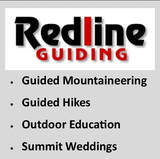|
Jason Berard is Stewardship Director at Upper Valley Land Trust. MOUNTAIN PEOPLE: How long have you hiked, and how did you get started? JASON BERARD: My parents used to take us to nature preserves when we were living in Virginia Beach in the early 70s while my dad was stationed at Norfolk, Virginia Naval Air Station. My first “mountain” was Mt. Trashmore [landfill turned into parkland in Virginia Beach]. My first real mountain didn’t come until my family had moved back to Vermont in 1977. We climbed Mt. Pisgah [in the Lake Willoughby area of Vermont]. We had a camp on Newark Pond, which is nearby. Of the peaks in the Willoughby area, Bald Mountain is my favorite. One of these days I want to hike it from Bald Mountain Pond. Hiking in the White Mountains came a few years later during a stint in the Boy Scouts. MOUNTAIN PEOPLE: Mount Trashmore-- too funny. So you moved to Vermont as a kid and stayed there? Were you in the Upper Valley or some other part of Vermont? JASON BERARD: My family has lived in Vermont (Shaftsbury area) and New Hampshire (Acworth)-- and Massachusetts (Baldwinville, Shutesbury) since the mid-1700s, but I was born in Maine. We move to St. Johnsbury and into my grandfather’s house, which had been vacant for a year after his death. My parents still live there. MOUNTAIN PEOPLE: If I recall correctly, you went from a career in art to land conservation? JASON BERARD: As mentioned previously, I grew up in St. Johnsbury Vermont, and within walking distance from my house were two amazing institutions. The first, was the Fairbanks Museum and Planetarium, which houses a collection of natural history and cultural artifacts (think lots of taxidermy!), and also had a “live animal museum” out behind the building with various animals that had been brought to the museum to be rehabilitated but could not be released for one reason or another. The second, is the Athenaeum which houses a fantastic library, and also a really remarkable collection of Hudson River School paintings. The centerpiece of the collection is a massive painting called “The Domes of Yosemite” by Albert Bierstadt. The third place that I spent much of my time was the woods around the edges of town, just wandering around with friends (this patch of woods and fields is being protected by Vermont Land Trust as we speak!). During high school, I spent nearly every free moment making art, and through the mentorship of Bill and Kim Darling and Larry Golden I decided to head to Boston University to study painting. After art school, I got a job as a picture framer, as so many art majors do. For the next 15 years I worked doing museum-quality picture framing, art restoration, and gilding (the craft of applying very thin sheets of gold to other objects. In my case, picture frames). After 15 years of framing, and with intermittent art exhibits of my own work thrown in, Licia and I had three small children and some decisions to make. Cost of childcare, among other things led us to decide that I would try to set up my own business and work from our home while being the primary caregiver. During this time, I began volunteering extensively for the Appalachian Trail Conservancy (ATC) and Dartmouth College Outing Club doing trail maintenance, Appalachian Trail boundary maintenance and monitoring, and coordinating the volunteers that did both. The impetus for this work was in part a way to give me something to do that got me out of the house, and also a way to introduce my kids to the idea of stewardship, and also a way to see if I could pivot my career from being art related to land conservation and stewardship. MOUNTAIN PEOPLE: So, at the time you started to volunteer, you were thinking about changing careers and getting into land land conservation stewardship? At what point did you start thinking you wanted to go in that direction, and what was the driving force? JASON BERARD: I was definitely trying to switch careers. Volunteering for ATC had opened my sense of what might be possible in terms of a future career in land stewardship /outdoor recreation. Picture framing was a way to make money that was art-adjacent, and the art restoration and gilding were really fun, but the chemicals are NOT fun! Also, I was searching for a field where I felt like my work would be contributing towards a better society, and this seemed like something that I enjoyed and that I was good at. So, when a spot opened up at Upper Valley Land Trust, I applied. MOUNTAIN PEOPLE: Now that you are full-time conservation stewardship, are you still making art? Or do you find that you have less time for it? JASON BERARD: For the last 15 years, that has mostly been photographs. I do have some projects in mind for drawing and painting. MOUNTAIN PEOPLE: You mention that you wanted a career that would be “contributing towards a better society." Could you sum up how working in the field of land conservation contributes to that (in general, and with regard to the work you do specifically)? JASON BERARD: We protect land for growing food. Much of the land grows food to feed people in the Upper Valley [part of the Connecticut River Valley in Vermont & New Hampshire], which leads to a decreased usage of fossil fuels in the delivery of food. We use some of the land to grow food for the growing number of people who don’t know where their next meal is coming from. We grew 5,190 lbs. of food in 2021, which went to feed hungry people. We participated in Abenaki Land Link, a program with the Nulhegan Band of to Coosuk Abenaki Nation to grow traditional crops to return to the Abenaki people. We permanently protect places for people to learn and play. These include a thousand acres of forests and pocket parks in city centers. Everyone needs access to nature, and we are working to make sure our land conservation efforts serve the whole community. We design trails to minimize barriers to those with mobility disabilities. Where possible, we build fully accessible trails, funds permitting. We are working on a project right now to identify where wildlife connectivity exists along the Connecticut River valley, including where opportunities may exist to restore connectivity through transportation projects (bigger culverts) and tree planting (good cover for critters on the move). We also build our trails to minimize impacts on wildlife. We contribute to water quality protection by protecting land along headwater streams. Large unfragmented forest blocks (where many of these streams are) are critical to wildlife habitat. In every aspect of our work, we engage community volunteers. This is for two reasons. The first is that we need the help! The second, and more important, is that we feel like by engaging volunteers in our work, we are creating community ambassadors for our mission. In the long run, we feel like this is what will lead to an enduring land conservation movement. MOUNTAIN PEOPLE: In your estimation, do most hikers understand what went into building the trails and protecting the land that the trails are on? JASON BERARD: I certainly didn’t when I started! I guess I figure most people are on a sort of “journey of discovery” when it comes to that. The culture of trail stewardship seems to be strong these days. Groups like Trailwrights, White Mountain Collective, and Jolly Rovers seem to have a high profile and attract lots of volunteers. It feels to me like its better now than it was 15-20 years ago. I suspect that the level of awareness goes up for most people the more miles that they hike. MOUNTAIN PEOPLE: What is the most difficult challenge for you, personally, with regard to land conservation stewardship? (and has that changed over the years)? JASON BERARD: That has changed over time, and I suspect it will continue to change. Early on, the most difficult challenge for me was the weight that I felt to steward these conservation easements and ensure “perpetuity” [making sure the conservation values of the land are protected forever], whatever that is. At other times, it has been my frustration at having to pick up after people (dog waste, trash, Mylar balloons, illegal dumping--air conditioners, tires, etc.). Then there is the challenge of managing a stewardship program with less resources than we need. What I have found serves me best in dealing with all of these challenges is to not take my work quite so seriously, to acknowledge that I’m doing the best that I can, to assume that others are as well, and to find joy and humor in the work. Someone told me recently that what we attend to grows, and I’ve been ruminating on that since. I think it makes a lot of sense. MOUNTAIN PEOPLE: And yet not all trash found in the woods is "trash." Tell me about your “weird shit in the woods” Facebook posts. JASON BERARD: “Weird shit in the woods”: that started as a series of posts that generally depict human impacts to areas that have since enveloped those human alterations. Basically- things that now seem out of place given that the woods have since taken over. These include abandoned cars/farm equipment, old quarries, mines, canals built by the Shakers, plane crashes, camps from hermits (look up Alan Como), etc. But also, I think the theme more generally applies to things you find that aren’t where you expect them to be. A recent example is that I found some hepatica growing under a stand of hemlocks, which is unusual since hepatica generally grows under hardwoods. Above, a collection of Jason's "weird shit in the woods." MOUNTAIN PEOPLE: You mentioned "perpetuity" in your previous response, and I’d like to dig into that a bit. The textbook definition is that conservation land (and maybe the features contained within) are going to be taken care of so that they will be around forever. What is your take on it? JASON BERARD: Forever, or as long as the US judicial system exists, I suppose. Nothing is permanent except change. I think in the best possible world, we’d be protecting the ecological systems that permit the land to adapt and thrive in an ever more rapidly changing world. MOUNTAIN PEOPLE: With regard to hiking, your stewardship role has allowed you to become very familiar with the Upper Valley area. What are some of your favorite hikes there (and why)? What are some of your favorite non- upper valley hikes? JASON BERARD: I just found out yesterday that I have completed 1,000 easement monitoring visits for UVLT as I enter my 13th year there. I am incredibly privileged that I am paid to spend time getting to know the people and places that make the Upper Valley what it is. Many of these rambles are solo, and really, my favorite places or hikes are the ones I get to share with friends. I’d also say that my favorite hikes often include equal time on and off trail, and include a familiar favorite spot, but also a new discovery. As for a list, right now I would include the following in the Upper Valley: Smith Pond Shaker Forest, Smarts Mountain (the Appalachian Trail corridor specifically), and Mount Cube. Outside of the Upper Valley, Baxter State Park, hands down. MOUNTAIN PEOPLE: What is your most memorable hike and/or experience in the woods (and why)? JASON BERARD: Most memorable: I have to say this hike. I wish I didn’t: Hiker Dies on Haystack Mountain. MOUNTAIN PEOPLE: Oh man, what a difficult and sad experience. Sorry you went through that, but it was probably good you were there. If this isn't too personal a question, what did you take from that experience? JASON BERARD: Well, I guess that there are a lot of things to take from that experience. I had learned CPR just three weeks prior to this hike because it was required to operate a chainsaw while doing trailwork on the Appalachian Trail as a volunteer. Even though my efforts were not successful, my hiking companion and I could at least be sure that we had done everything we could to help Ray, which gave Ray’s family and friends great comfort. Us, too. MOUNTAIN PEOPLE: If you were in the position to offer advice to hikers just starting out hiking, what would you say? JASON BERARD: Along the path there are so many opportunities for discovery, take those opportunities! Whether it is birds, tracks, trees, plants, geology, what have you. It is all there and will enrich your time while hiking and not hiking alike! MOUNTAIN PEOPLE: You described what was a really difficult trail experience. What was your most uplifting or inspiring memorable experience? JASON BERARD: Most uplifting: so many choices! One very fulfilling aspect of my work is to be able to be out on a conservation area where we’ve raised the funds protected a place, built trails and a trailhead parking area (all with community support in terms of volunteerism and donations) and be out enjoying a place myself and meet people doing the same. Often a conversation ensues about how many people it took to make that experience possible. Usually, a lightbulb goes on for the person that these places need the support of the whole community to exist, and that they have benefitted from that work and can get involved and be a part of that. To know that what I do is helping make those connections is what uplifts me. All photos by Jason Berard or UVLT
1 Comment
On warm, sunny winter days, hikers often notice them jumping about on the snow. Their black bodies, jumping behavior, and sheer numbers--there can be thousands of them in just one square meter--really make them stand out. On the other hand, when temperatures drop, you may walk right by millions of them frozen or torpid and mistake them for flecks of dirt on the snow. You probably trample them en masse while hiking, and aren't even aware of it. Although they're commonly called "snow fleas" because of their prodigious jumping (the human-scale equivalent would be a leap of nearly 1,000 feet!), they don't bite, exist year-round in the soil, and aren't related to fleas. In fact, they aren't even true insects. They're Springtails (Collembola, from the class Entognatha, a divergent lineage of Hexapoda, which insects also belong to) and are considered to be the most abundant non-microscopic animal on earth. Springtails eat detritus in the soil and leaf litter, where they live mostly hidden to the human eye unless they venture out on the surface of the snow, or migrate. Yes, migrate. For reasons not understood, vast numbers of springtails--in areas spanning many square miles-- spontaneously move to the surface and begin to travel. In my 30+ years of hiking, I've witnessed this only three times in my life. Look down and your shoes and legs are covered with them. Put your hand down, and they blacken your hand. Stop in your tracks and you can hear them rustling in the leaves, a susurrus of white-noise. Although some people find their contact itchy, they are harmless and incapable of biting. In fact, they're a critical component of healthy soils and exist wherever soil exists. Here in New England, there can be 30-40 species of springtail in any given patch of soil. The blue-black springtail (Hypogastrura nivicola) is the species most commonly found hopping around on the snow. An organic antifreeze in their blood allows them to survive on ice and snow when there is enough solar gain to warm them. No one knows why they emerge and jump about on the snow--it's one of the great mysteries of the forest. --Paul-William MOUNTAIN PEOPLE: How long have you been hiking and how did you become interested in it? CHRISTINA PERKINS: I have been hiking for as long as I can remember. I grew up in Germany where, way back then, it was a way of life. We used to ride our bikes to the Teutoburg Forest and head out the trails. For school trips we went hiking. After school we went biking and hiking. It was just a way of life. I've always had active dogs and just love to be outside. I think I became interested, or stayed interested, because I enjoy the solitude, exercise, like to explore new areas, and [to] spend time with dogs. Back then they had hiking as "Volkssport" with lots of trails, maps, and badges for accomplishments. Organized hikes etc. I don't know if they still do. MOUNTAIN PEOPLE: “Volksport” sounds similar to what we do here with regard to patches for completing peak bagging lists or trail systems. When you first started hiking in the United States do you remember being surprised at the differences between your hiking experiences in Europe vs. here? CHRISTINA PERKINS: Yes, the region where I lived and hiked was quite different. Flat really. When I was young, I hiked in Northern Italy. Talk about steep. On school trips we hiked in Southern Germany and in the wine country. Different wildlife, different types of trails, but more people [hiking in Europe] even back then. MOUNTAIN PEOPLE: What was your first memorable hike after you moved to the US? CHRISTINA PERKINS: Probably Tumbledown, way back when it wasn't crowded. . . it would have been early 90s. . .I think it was my first remote hike back then. It was very quiet, and I don't even think we saw anyone else. I loved the view and the lake. I had a dog who loved to sit at the summit and enjoy the view. I think my then husband hiked it with us. MOUNTAIN PEOPLE: So, you moved to the U.S. and became an attorney, right? Does the hiking help balance out the challenges of your legal work? CHRISTINA PERKINS: God yes, if I didn't go hiking I would have been hospitalized years ago. MOUNTAIN PEOPLE: I know you've been picking away at the mountains in the Maine Mountain Guide. Is it your goal to "hike the guide" or just visit as many mountains as you can? CHRISTINA PERKINS: Ha, I've been picking away at that for decades. No, I do not have plans to hike the guide. Rye [Christina’s dog] is getting older so we are slowing down a bit and of course I need titanium replacement toes. Makes life a bit hard. Rye and I usually just figure out where we want to go. We had planned on [doing] the Long Trail but I think she is too old now. Sometimes we pick trails where we can also kayak. Lake Estey [Roaring Lake] is one of our favorites.
She was almost adopted out but the son in the family backed out because he felt it was not a good match. . . the adoption fell through and I drove up to Cherryfield. When we first started hiking I still had the two older and retired dogs. I rode my bike a lot but I missed hiking. So Rye and I started our adventures. When we first started hiking she was so scared that we almost ran up the mountains. She would not sniff, pee or drink water. It was very sad. . . . she just ran. We did 3 miles an hour up or down. A few times I had to pick her up when we saw other people. Then hiking became her therapy and now she leads the way! Turns out she is a mountain cur mix. I had her tested when she had some weird symptoms and I had to use the rescue harness to carry her down the mountain. Her breed profile matches mine. Mountain curs live for adventure and get depressed when they spend too much time inside. MOUNTAIN PEOPLE: She sounds like a good hiking buddy. I understand you also have other rescue animals that you care for? CHRISTINA PERKINS: She is perfect! Yes, I have Christopher, a steer. He will be 18 in May, if he makes it, and is the last survivor of a cruelty case back in 2004. All other adults and calves have now died. Then there is Liberty, the donkey. She is my longest happy relationship. She is 26 I think. Miss Venture is a retired racehorse who did not make enough money. . .[and] missed the truck going to slaughter. She is also mid 20s I think. She came to live with us when she was 7 maybe. Bocephus is a Premarin survivor from the horse farms. He is 22-ish I think. Premarin is the hormone replacement drug for women in menopause pushed by big pharma. They keep mares tied and pregnant to use the urine in the pills. We don't hear about it much anymore, but it used to be a big issue in the animal rescue world. [We have] cats. . . Ricky, Taylor, Jingle, Raven and Onyx; Andrew, Eddy, and Oliver, also known as the big orange blob. . .all rescues and "unadoptable." MOUNTAIN PEOPLE: Have you ever thought about hiking with any of your other animals beside Rye? CHRISTINA PERKINS: Yes, when I had goats I used to think about taking a donkey and-or goat. But I never did. Probably because it's easier to take a dog. MOUNTAIN PEOPLE: How did you become interested in animal rescue, and what does it take to take care of so many rescue animals--especially the large ones? CHRISTINA PERKINS: Well, I grew up right in the middle of the meat industry. Of course it was considered normal and I often wonder how I ended up questioning it. . .and honestly I connect with animals. Always have. I have had cows follow me home, an emu show up (we were on the radio for that one), dogs move out of their owner's house and try to move in with me. Kids too, but their parents usually intervene. . . .as for large animal rescue, I kinda stumbled into that one and it was never really planned. My maternal grandmother used to ride goats before they had to flee [warfare in WWII Germany]. Her family lived in the middle of the woods with horses and donkey. She always told me if she won the lottery she would buy a donkey for me. So I kind of grew up wanting a donkey. Because I grew up in small farm country, I was surrounded by cows and pigs, and I always interacted with them. In the early 90's my then husband found a donkey and wanted her. So we took her in. Then we felt bad because she was alone, so we rescued Jennifer, an alpine goat who was tied to a barn and kinda unwanted. Then we saw a little lamb, Brigitte, at the feed store. She was labeled freezer meat. Of course, that made me very angry. So we bought her (probably not accepted method in the animal rescue world). Then my husband found a baby goat, Cody, at the feed store sold for meat as well. He bought him and when I got home from work that day I had a baby goat to care for. Then I started volunteering at a private cat shelter. The cats had come up for Long Island with a woman whose husband wanted to retire in Maine. She rescued two Jerseys from the neighboring farm. They moved and ended up divorced. The cows' fate was up in the air. I found a place to board them for a while but there was always the worry that they would kill them and pretend it had been an emergency. One cannot trust humans with cows. So, I hired a livestock hauler and moved them into our small barn. Then the market boomed in southern Maine, and we sold our house at a good price. Bought a larger farm in Litchfield and my husband wanted a horse. Miss Venture was born on his uncle's farm and didn't make enough money to earn her keep. She lived at the track and his own barn was full. So he called us. And she came to live with us. She hates men (they told us that before we adopted her) so my husband decided he needed to get a horse who liked him. Meanwhile we ended up getting Liberty's [the donkey] brother, Indy. He died about four years ago at age 20 overnight in his sleep. So we went to New Hampshire and got Bocephus as a yearling from a horse rescue who helped get him out of the premarin farm. He was a byproduct for them as they don't really want the males. I think he lived as long as he did because no one could catch him. Serena, my other Jersey, died shortly after we moved to Litchfield so we adopted Cookie, a cow, from Nevins Farm in Methuen. At that time, my husband wanted to work the rescue full time once I graduated from law school. So we were on the Farm Animal Sanctuary network. We got a call that there was a sad rescue situation in Butler County, PA. Christopher's mom, Tess, was one of the lucky ones. He was born in May 2004 at sanctuary in Watkins Glen. We adopted the two along with a flock of debeaked hens from another rescue and a rescued rooster. The night before Farm Sanctuary drove them all up, they called and asked if I minded if they brought a movie star. It was one of the Affleck brothers. Casey, I think. I remember meeting him, but Christopher was so cute I forgot about the movie star. Plus, we had to integrate the herd and that was stressful. Tess died of cancer a few years ago. The one thing in life I feel I accomplished was that she was able to keep her last calf until the day she died. The large animals are of course a lot of work and responsibility, and it hasn't been easy. But they are family and I made a commitment when I got them. I have a good routine going and even during wicked cold spells I don't regret it. It's horrible when they get sick and die. At least with small animals one can go to the vets and there are cremation services. Not so with big animals. It's ugly and involves chains and big machinery. I'm lucky that both farms I lived we had neighbors who respected my views and were willing to come help with their big equipment without arguing with me that it " was just a cow". Most recently of course I had Christopher's surgery. He has recovered but I don't think I have. . . we got through it and I'm thinking somewhere sometime another cow will need my help. . . His body is very old, of course and the 2200 pounds he was programmed to weigh have taken their toll on his body. I hope when his time comes he will be lucky enough to die in his sleep. He is the last survivor of the Butler County rescue. The rescued adults are long gone, of course, and even the calves born after are all gone. He is the last one. Kinda like me now that I think about it. My family is all dead too. MOUNTAIN PEOPLE: Have you thought of rehabbing and rescuing wild animals? CHRISTINA PERKINS: I cannot take on more than that at the moment and am not qualified to do actual rescue. I found an injured pigeon in my garage. One of the flock that lives in the barn. I was able to catch her and fortunately Avian Haven was willing to take her. They were trying to find transport for her out of Belfast and then I said I will just drive the whole way, so they didn't have to find transport. I was quite impressed with their compassion for the pigeon (and me). Usually, we are ridiculed: "it's just a pigeon". She didn't make it, but I sent a donation because they really were my only option, and she would have died miserably otherwise.
CHRISTINA PERKINS: My favorite dog free hike is the Traveler loop [Baxter State Park]. I like the terrain and of course the views. It's a challenging trail and not as busy or urgent as Katahdin. Rye and I really like the Caribou Mountain loop [Sullivan, Maine]. It gives us quite a bit of climbing and so is good practice for bigger hikes but still has the feel of backcountry, remote hiking. I don't think it is as busy as some of the other trails. We can take the unmaintained trail down to Tunk Lake for a swim in the summer or paddle out to start the loop at the beach for variety. We love the views and it's close to home. We love the Bold Coast trails for the view and the water. Often, we see whales right from the trail in Cutler. The trail has been beat up and we don't go there as much as we used to a few years ago. We really like the East Grand Lakes Highlands Trail. Rye can see Canada for a good portion of the trail and the views from the platform are quite nice. We don't see many people there, so we enjoy that. Once the [Canadian] border opens, we want to go across in Forest City just for fun. It's such a tiny crossing. In northern Maine we like the Quaggies [Quaggy Joe Mountain] and love watching the sunrise over Canada from the shelter near the north peak. We like the Aroostook National Wildlife Refuge because it's not busy and we have friends who know a lot about the history so we get an education at the same time. Bigger trips or longer trails we do on the weekends. We try to pick a more challenging local one for one weekend day and the travel the other weekend day. But sometimes we do both. We like Catherine Mountain because it's enroute to downeast and the rocks and moss going up from the unmarked trailhead are fun. Plus we can extend it over to Caribou and beyond. And we have lots of water around for paddling. Locally one of our favorites is the Mead Mountain loop. It's a minute from our house and we can extend it if we want to. Mostly we like it because it's not as busy and we like the rocks and moss going up on the back side. We take the road down and there is a beaver pond and frogs. We usually see a lot of birds and rabbits and it's a really quiet hike. MOUNTAIN PEOPLE: Do you have any hiking plans for the coming year? CHRISTINA PERKINS: Yes, we do indeed have plans. Debouille Mountain, for sure. Nahmakanta, hopefully for an overnight. The new Pineo Ridge trail (Downeast Lakes Community Forest]. We heard the trail in Houlton is expanding to the other side of the river. Scopan Mountain is always a favorite. We liked the Mars Hill and the IAT. Rye helped Eric put markers up so we need to go check on those. We also want to paddle out in the National Monument and do Deasey and Lunksoos for an overnight. Shaw Mountain is on our list. We skied at Medawisla last winter and were headed that way to snowshoe up but I decided it was too cold for us to go alone. We didn't make it back up there last fall. MOUNTAIN PEOPLE: Do you think caring for all the rescue animals and your connection with hiking and the outdoors are related? CHRISTINA PERKINS: Yes, I do. They are part of nature just like I am. And it does require a large amount of daily outdoor time. And physical effort. I am able to move a big, fat round bale by myself (most of the time) and have impressed farmers when they watch me use my leg muscles from hiking and biking to move that bale! Particularly this year, I actually have been thinking that I really enjoy the quiet, peaceful time out there. No other humans about when it is that cold, dark or storming. Just the pigeons and the ducks coming up from the lake. And the deer who hang out with Christopher. And of course my owl. And the fox. So yes, it's quiet, cold, peaceful, and outside. Just like hiking. I think that the ducks that I feed all winter are the same ones that follow us in our kayak. . . when I call them as we hit the water.
I don’t necessarily need gloves that are entirely waterproof (hard to retain long-term waterproofing on complex finger seams) but I wanted something made of a fabric that I wouldn’t have to ring out. So I started shopping around for a solution and noticed that Mountain Hardware has got a good selection of gloves that seems to fit the bill but also seem tough enough to grab onto tree branches and rocks and not fall apart or having their breathability compromised in less than a year (in my opinion, gloves, like boots, are a short term investment—but I hike a lot). Touchscreen enabled fingers would also be nice. These days, there’s a lot of marketing mumbo-jumbo associated with gear branding that I don’t tend to put a lot of stock in (like attorneys and psychic mediums, marketing professionals are experts at baffling people with bullshit)—so I like to read between the lines to get a better sense of what I’m going to spend my money on. The gloves I settled on, the Rotor™ Gore-Tex Infinium™ Glove, were advertised as breathable, windproof, light but tough (built for rock climbing)--but the details were gobbed up with with marketing salad (Gore Tex Infinium, Prima Loft Gold, Rotor, 3L Windstopper—each followed with a little “TM” like boxcars after the engine). I did some research. I still have no idea what a “Rotor” is supposed to do for me. The Primaloft is pretty straightforward—it's insulation--in this case a pretty thin layer of it. The Windstoppper obviously is supposed to stop wind, but the Gore Text isn’t the kind of waterproof-breathable fabric Gore Tex is known for—it is Gore Tex’s “Infinium” fabric line, a high-tech windproof fabric. Having hiked halfway through the winter with them at this point, the gloves have earned my respect—in fact I’d say they are probably the best lightweight glove I’ve ever owned. Here’s why:
--Paul-William |
TOPICS
All
Humor (The Parsnip)

|
Proudly powered by Weebly
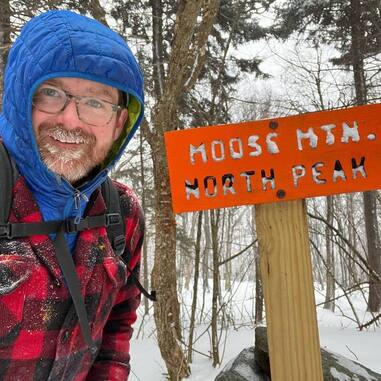
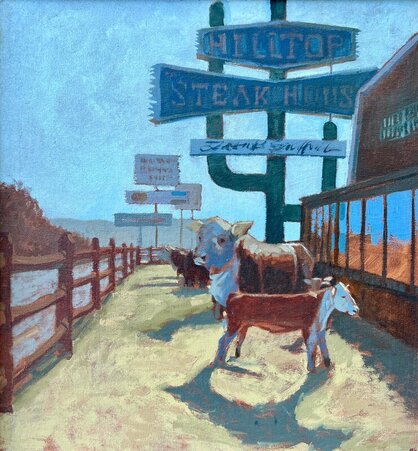
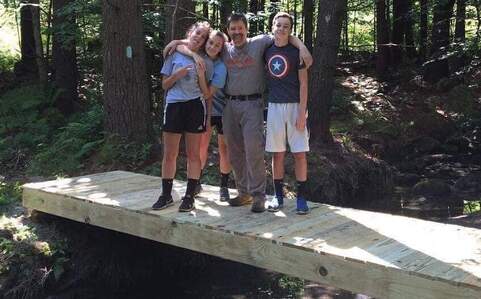
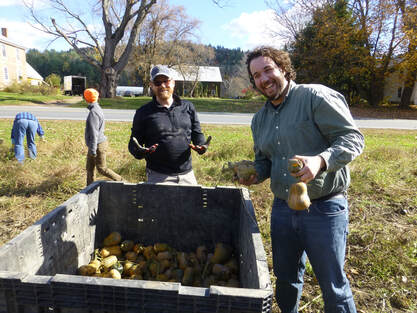
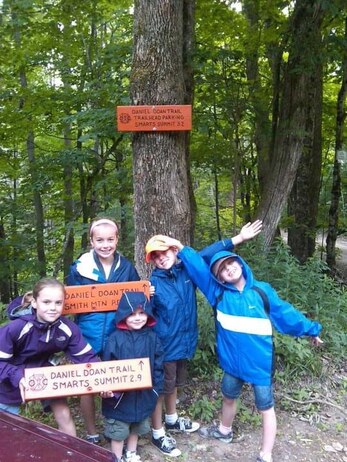
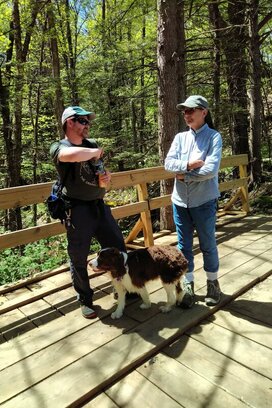
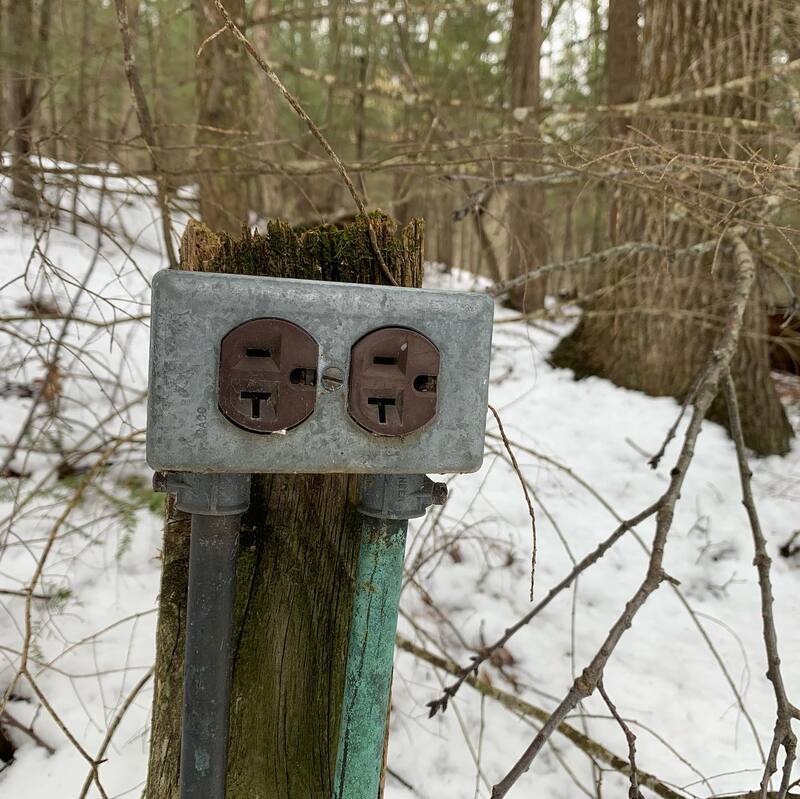
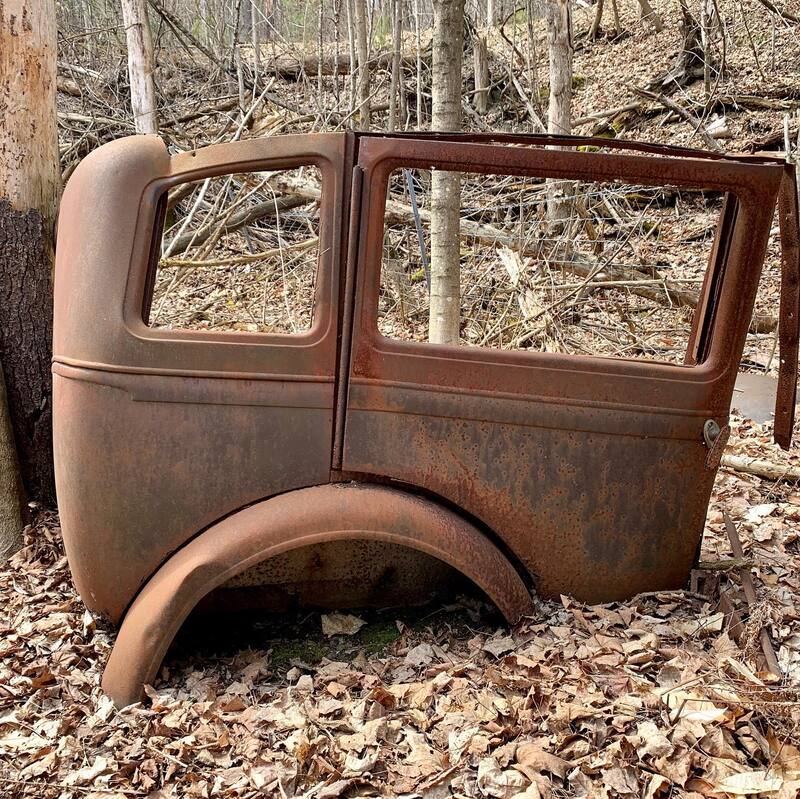
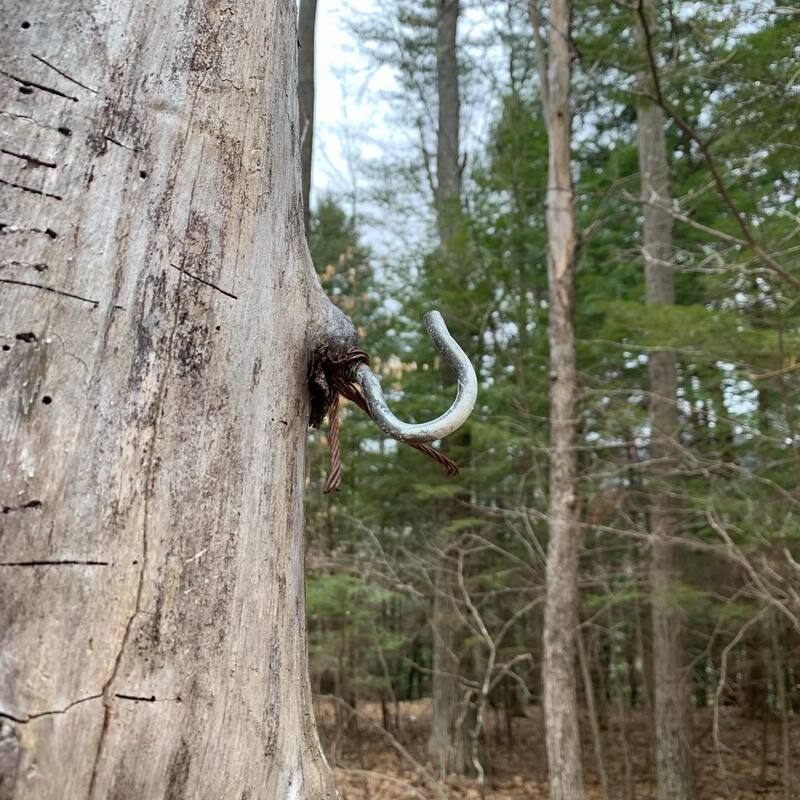
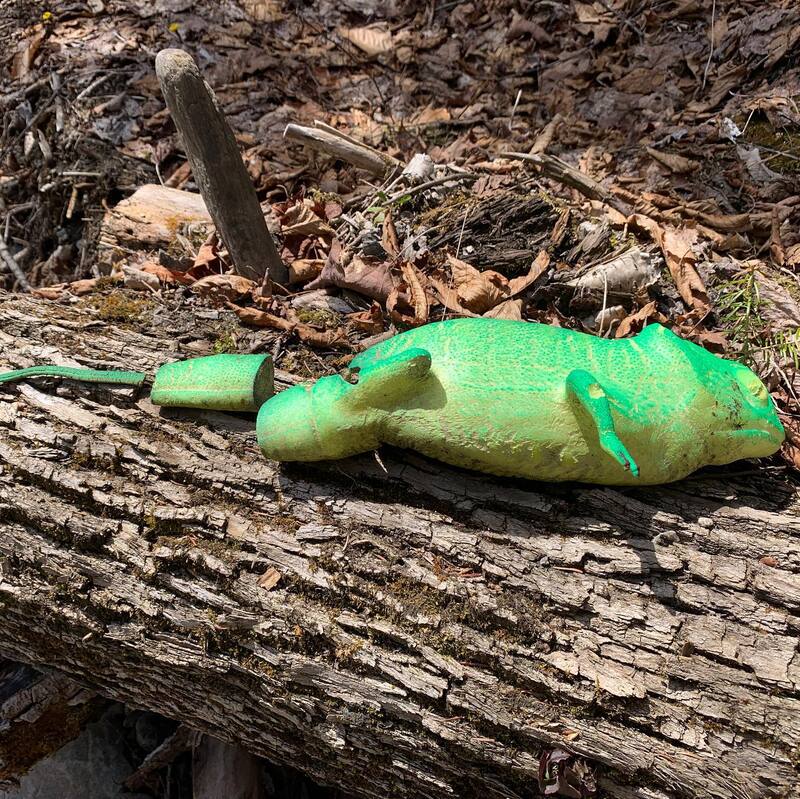
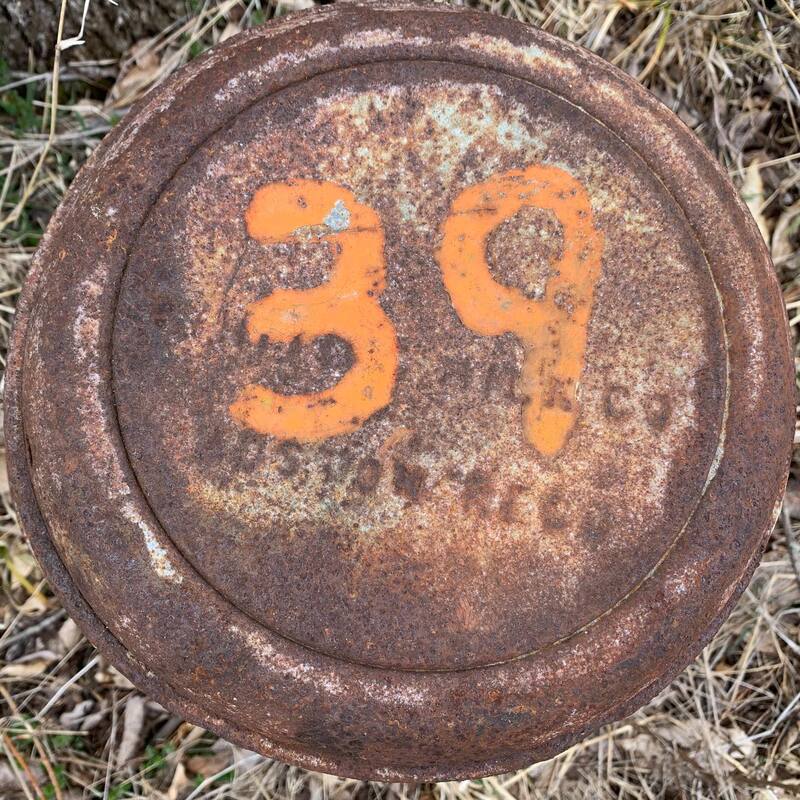
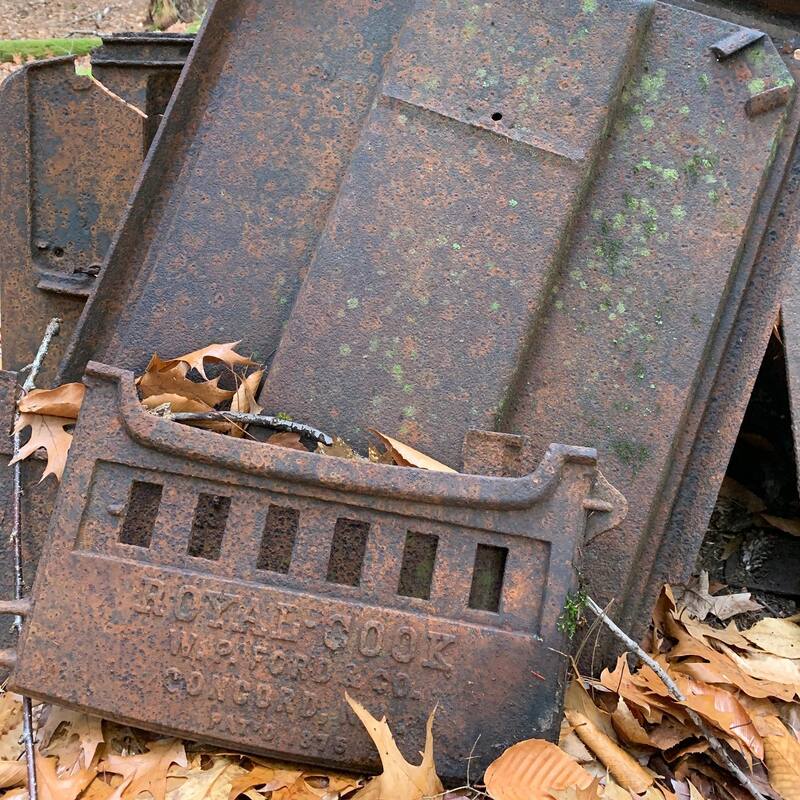
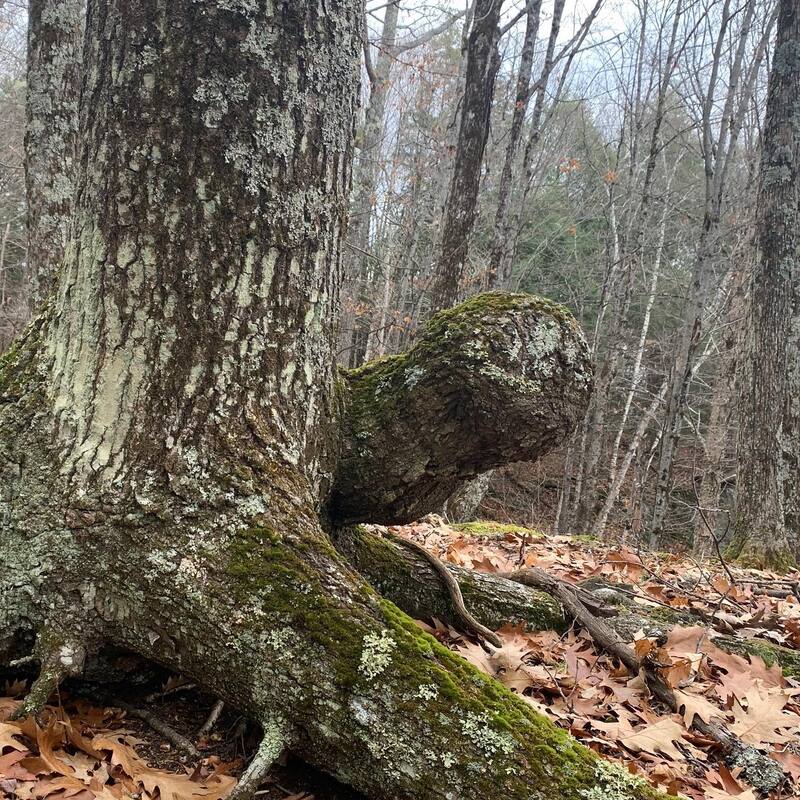
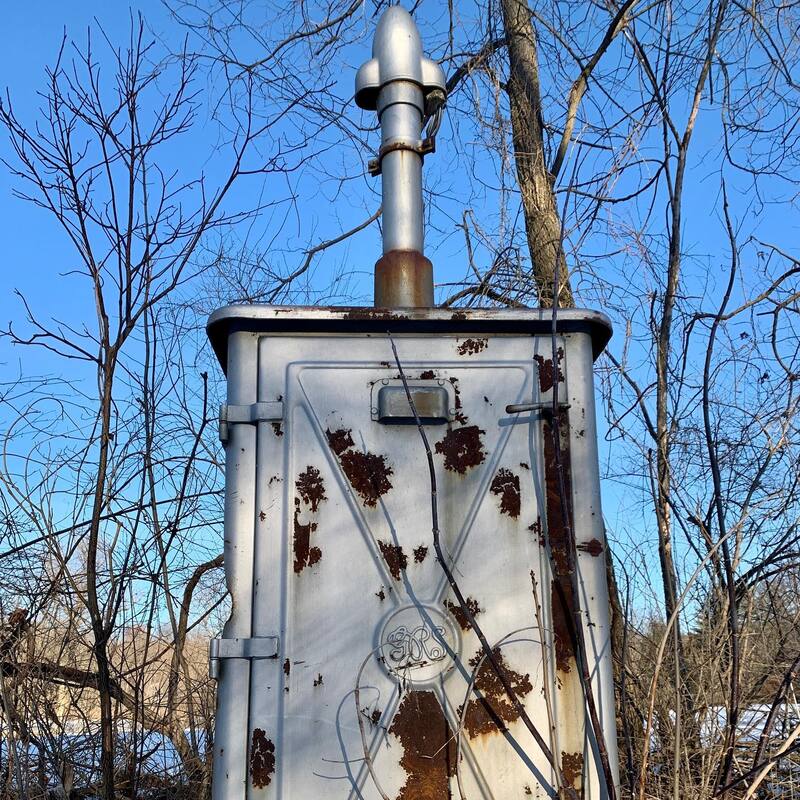
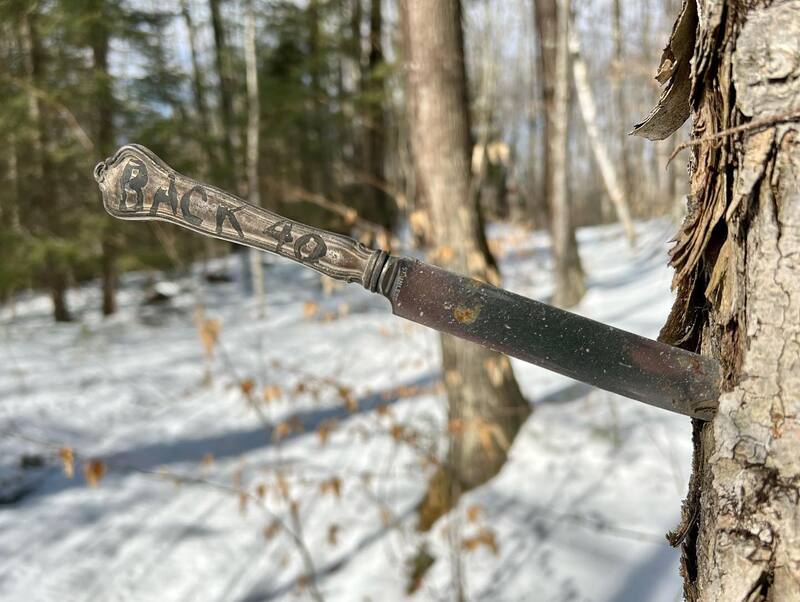
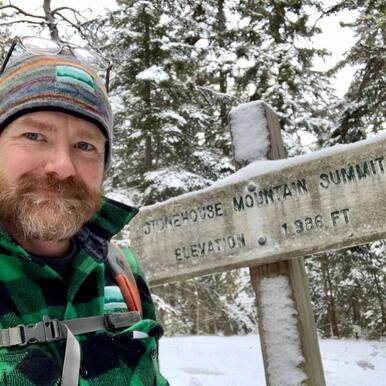
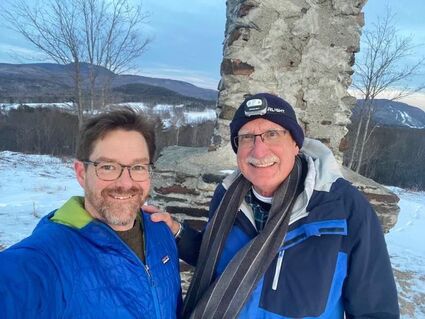
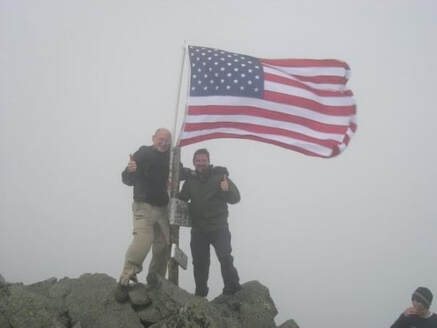
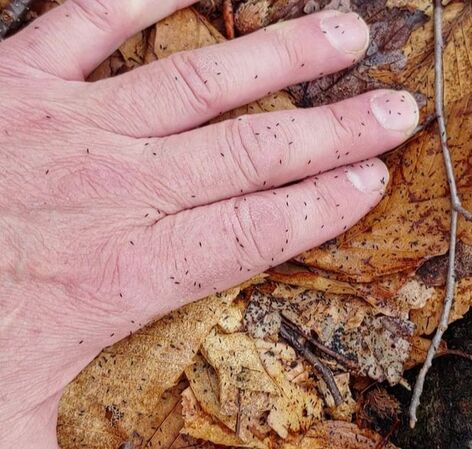
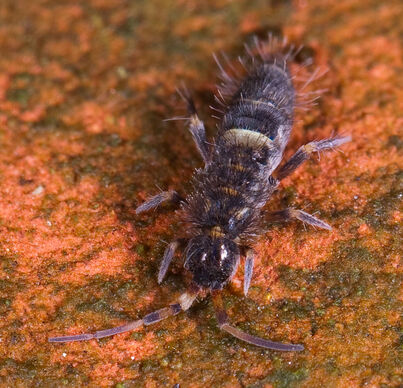
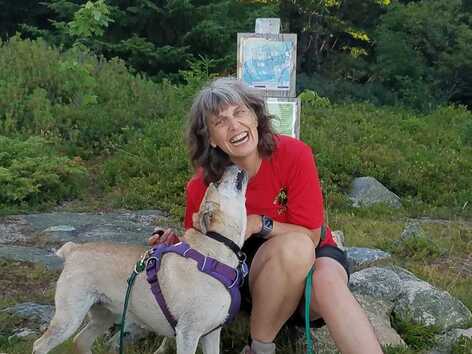
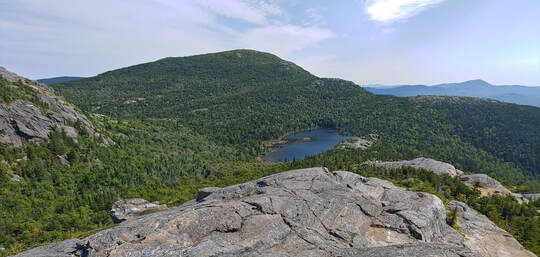
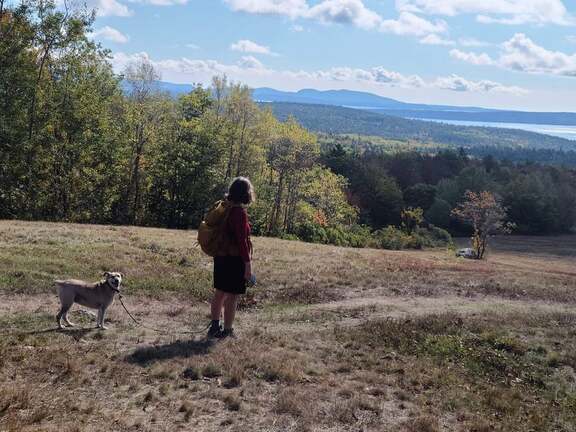
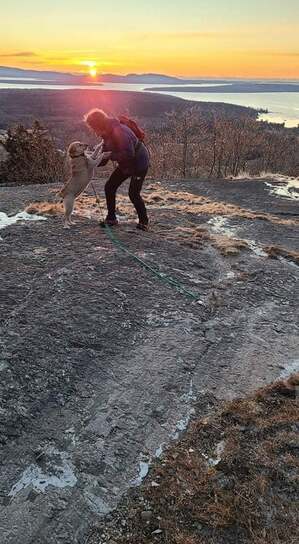
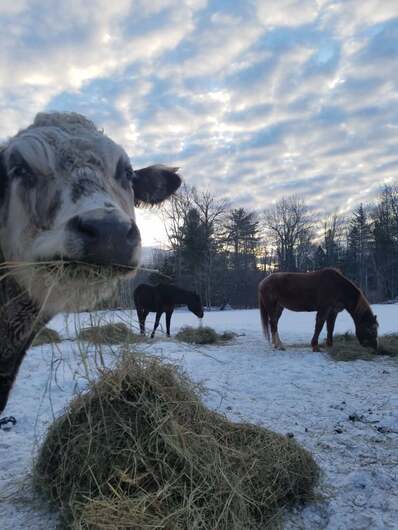
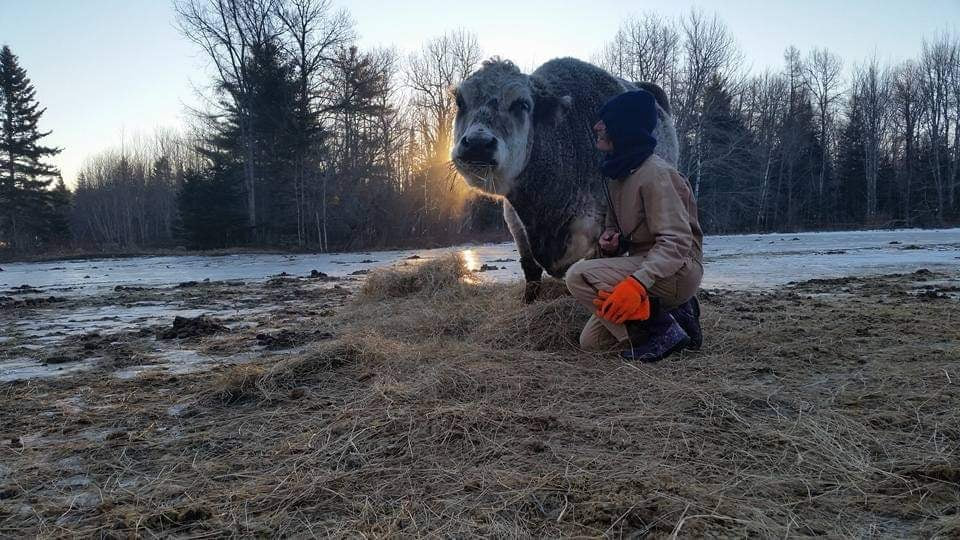
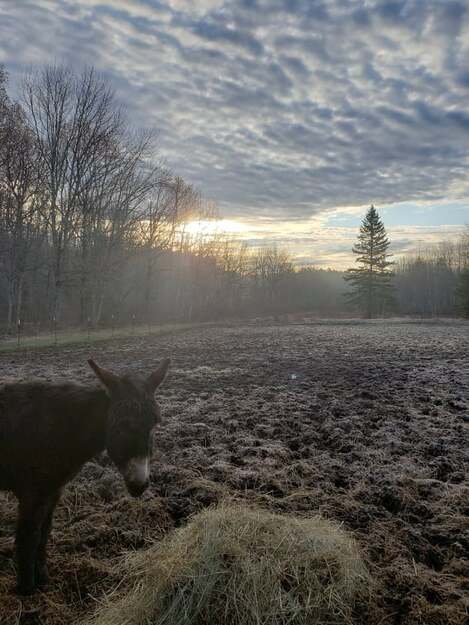
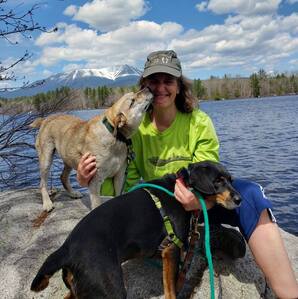
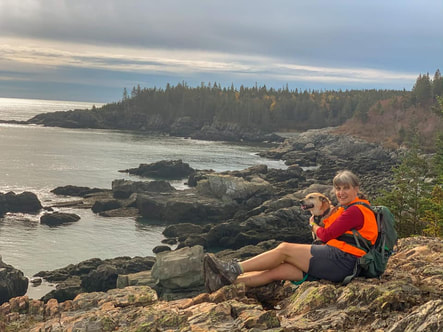
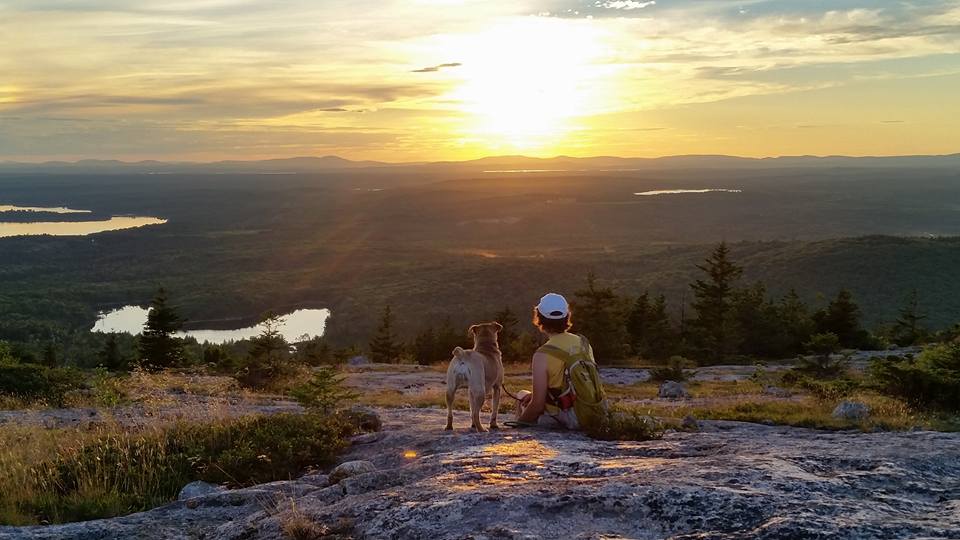
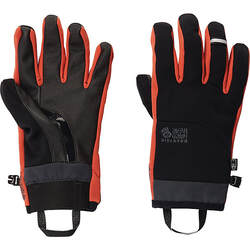
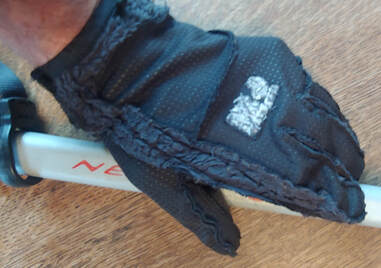
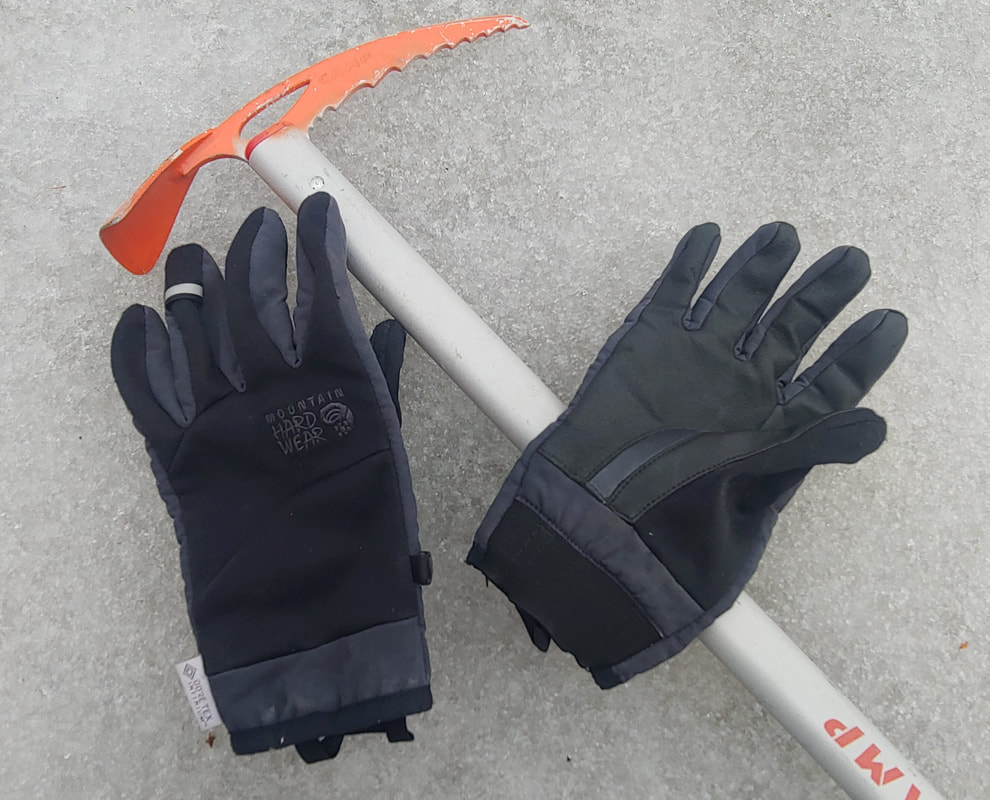
 RSS Feed
RSS Feed
